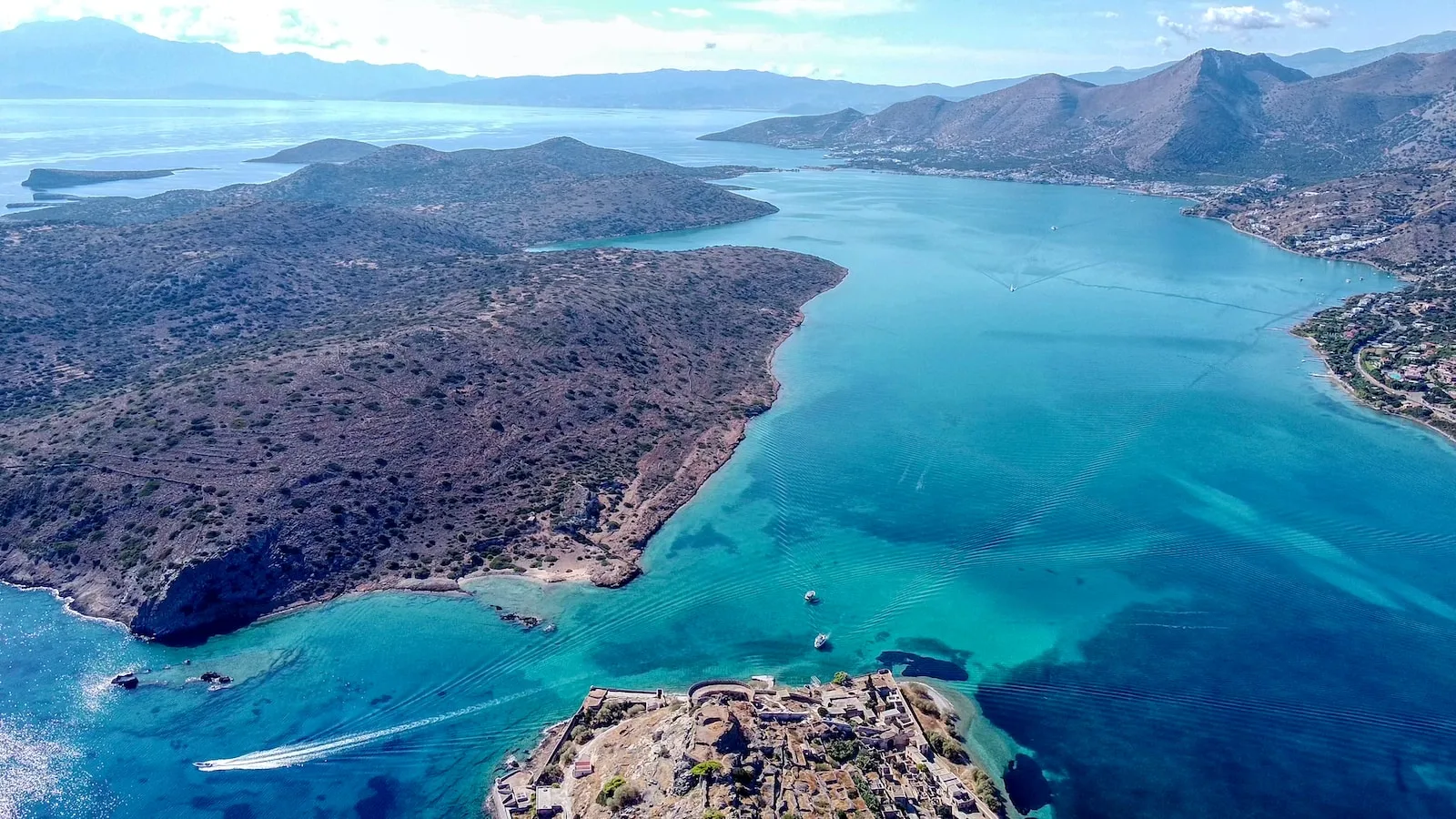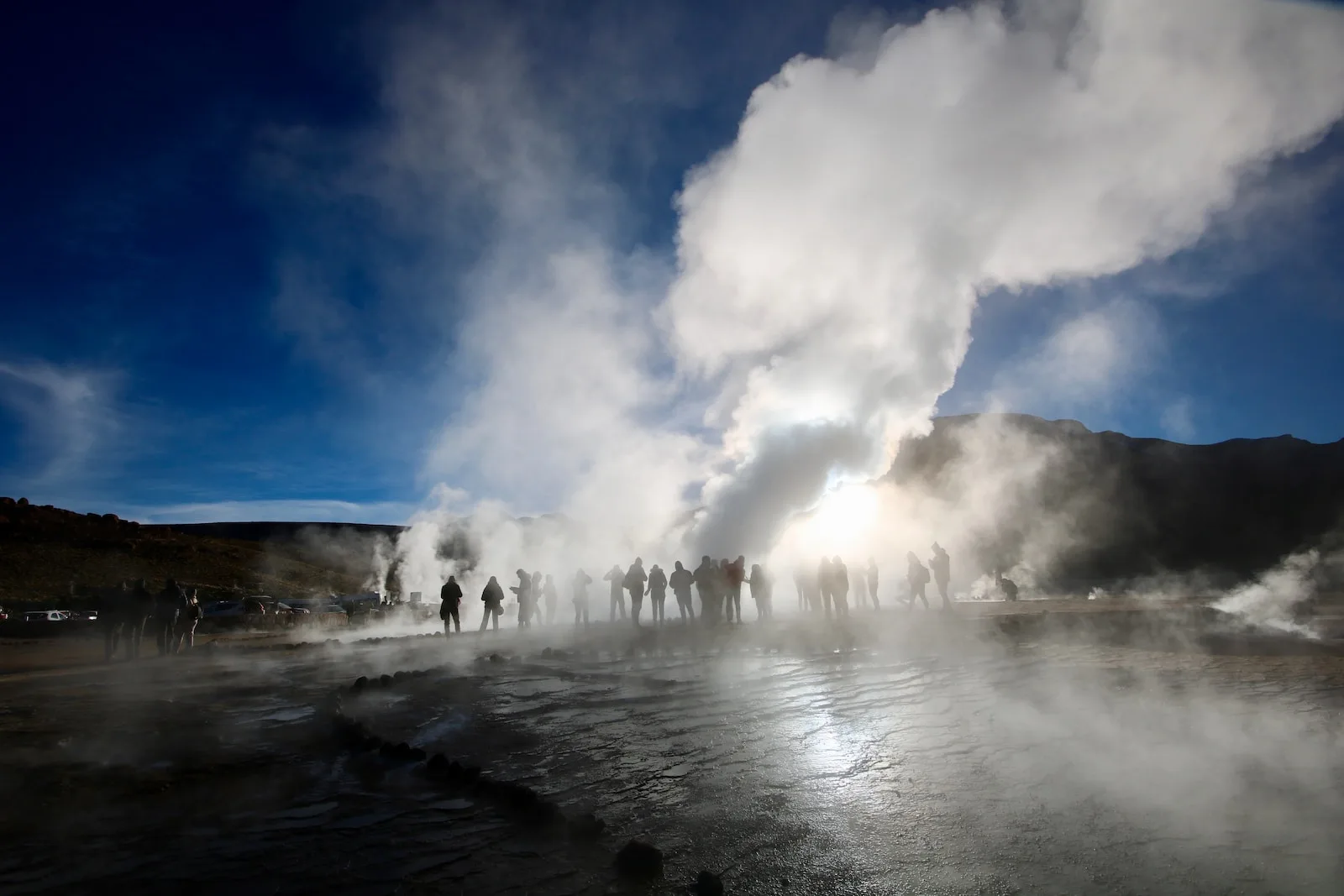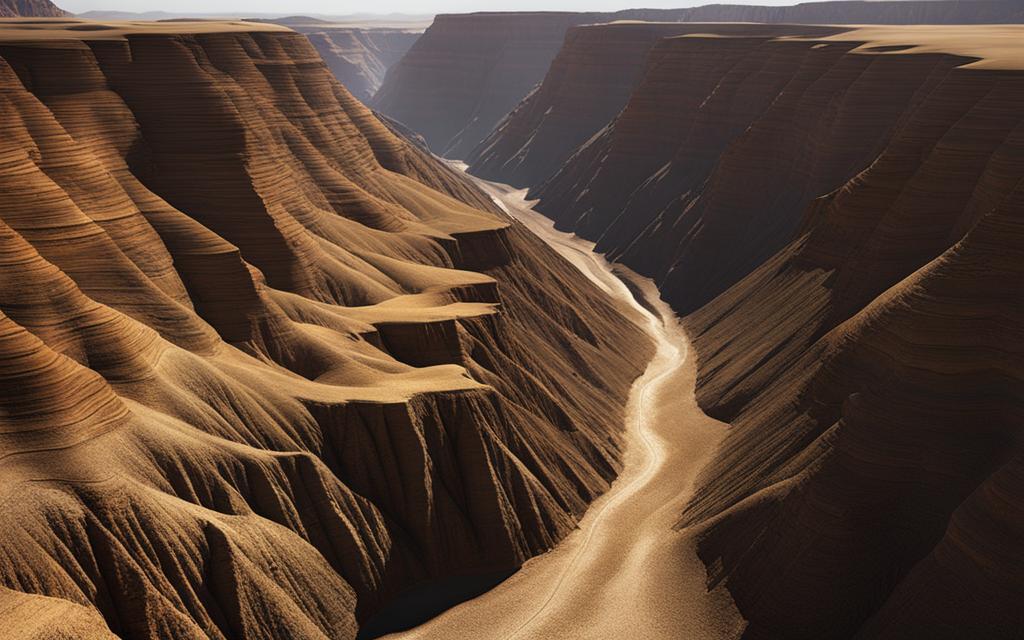Introduction
Welcome, dear readers, to a fascinating exploration of the subtle yet significant differences between bays and gulfs. These two coastal features have long intrigued curious minds, and today we embark on a journey to uncover what sets them apart. Prepare to be captivated by their unique characteristics and the marvels they hold within their watery realms.
Definition of a bay
A bay is a graceful concavity along a coastline, formed by various geological processes such as erosion, tectonic activity, or the deposition of sediment from river deltas. It is typically smaller in size compared to its gulf sibling but compensates for its modest dimensions with an enchanting sense of intimacy.
Bays often enjoy seclusion due to their partially enclosed nature—embracing land on three sides while connecting with the open ocean through an entrance known as a bay mouth. One might envision bays as Mother Nature’s cozy alcoves where land and sea are tenderly entwined.
The tranquility found within these sheltered havens makes them ideal refuge for numerous species seeking solace amidst gentle currents and calm waters. Please join me in delving deeper into this exquisite realm!
Definition of a gulf
A gulf, distinguished by its grandeur and expansiveness, is akin to an oceanic embrace along the coastline—a wide-mouthed expanse extending further into the heart of the landmass it caresses. These majestic water bodies are often larger than their bay counterparts and have ample room for marine life to flourish.
The formation of gulfs arises from geological events such as plate tectonics or even from the widening process that occurs as an ocean basin matures over time. Unlike bays that possess relatively defined boundaries on three sides, gulfs retain only one prominent boundary—the coastline itself.
This configuration allows them to connect more directly with the vast open ocean, creating a gateway to a world of aquatic wonders. Now that we’ve outlined the definitions of both bays and gulfs, let us delve deeper into their geographical dissimilarities, uncovering the secrets they hold and the marvels they foster within their diverse ecosystems.
Geographical Differences
Shape and Size
When it comes to the shape and size of bays and gulfs, there are noticeable distinctions that set them apart. Bays usually take on a smaller and more enclosed form, often resembling an indentation along a coastline.
Picture a calm inlet nestled between rugged cliffs or gentle sandy shores. They can vary in width, but overall, their dimensions tend to be more intimate compared to the vastness of gulfs.
On the other hand, gulfs exhibit grandeur with their larger and more open-ended nature. These expansive bodies of water stretch out like outstretched arms, inviting curious sailors to explore their depths.
Imagine standing on the shore of a gulf as your eyes wander across the seemingly endless horizon where blue meets sky. Whether it’s the Gulf of Mexico or the Persian Gulf, these striking features serve as gateways to exploration.
Formation
The formation processes behind bays and gulfs shed light on why they differ in shape and size. Bays result from various natural forces at play over time. Erosion plays a significant role in shaping bays by slowly eroding coastlines, creating concave formations that eventually fill with seawater.
For example, California’s famous Monterey Bay formed due to waves pounding against ancient sea cliffs for millions of years. Tectonic activity also contributes to bay formation when movement along fault lines causes land subsidence or uplifting near coastlines.
The San Francisco Bay exemplifies this phenomenon as it emerged from tectonic activity along the San Andreas Fault line. River deltas are another means through which bays come into existence.
As rivers deposit sediment into an ocean or sea over time, they build up areas that become enclosed by surrounding land formations—a perfect recipe for bay formation! The Chesapeake Bay in Maryland owes its creation to this process.
In contrast, gulfs owe their formation to different natural mechanisms. They are typically created through plate tectonics, where the Earth’s crust shifts and creates a gap or depression that fills with oceanic water.
The Gulf of California, nestled between Mexico’s Baja California Peninsula and the mainland, formed due to the separation of the Pacific Plate from the North American Plate. Additionally, gulfs can also be a result of the widening of an ocean basin over time.
As continental landmasses slowly drift apart, they create space for water to rush in and form these large bodies of water we know as gulfs. The Gulf of Aden in between Yemen and Somalia formed through such a process.
The distinct shape, size, and formation processes make bays and gulfs fascinating features on our planet’s expansive coastlines. These differences contribute to their unique ecological characteristics and serve as reminders of Earth’s dynamic geological history.
Oceanographic Characteristics
Water Circulation Patterns
When it comes to water circulation patterns, bays and gulfs exhibit distinct differences. Bays, being more enclosed bodies of water, have limited exchange with the open ocean. This restricted connection leads to lower salinity levels compared to gulfs.
The reduced water influx in bays results from their partially enclosed nature, with narrow entrances that hinder significant tidal movement. As a result, the saltiness of bay waters is often diluted by freshwater sources such as rivers or streams that flow into them.
On the other hand, gulfs boast a much greater exchange of water with the open ocean due to their larger size and wider openings. This enhanced connectivity allows for greater tidal influence and a stronger inflow of saline seawater.
As waves and tides continually interact with the gulf’s shoreline, they facilitate more effective mixing and flushing cycles. Consequently, gulf waters tend to be saltier than those found in bays.
Marine Life Diversity
The contrasting oceanographic characteristics between bays and gulfs significantly influence marine life diversity within these coastal environments. Bays are known for providing sheltered conditions that support a rich tapestry of ecosystems teeming with diverse marine species. One key component contributing to this ecological abundance is the presence of mangroves and seagrass beds within many bay areas.
These habitats serve as crucial nurseries for various marine organisms, including fish fry and crustaceans. Their intricate root systems provide refuge for juvenile species seeking protection from predators while offering abundant food sources such as microorganisms.
Moreover, the sheltered nature of bays attracts migratory birds seeking nesting or resting sites during their long journeys across vast distances. The rich biodiversity present in these protected habitats entices numerous wildlife species beyond just marine life itself.
In contrast, gulfs exhibit an impressive range of marine life due to their expansive size and direct connection to the open ocean. The larger volume of water allows for a greater variety of species to thrive, including large predatory fish, migratory marine mammals, and even massive whale populations.
The connectivity with the open ocean enables gulfs to receive nutrient-rich waters and plankton blooms from deeper layers, fueling a diverse food web that sustains various marine organisms. While bays are characterized by limited water exchange with lower salinity levels and sheltered conditions fostering diverse ecosystems, gulfs experience greater water exchange resulting in higher salinity levels and support a wide range of marine life due to their size and connectivity with the open ocean.
Human Activities and Importance
Environmental Significance
Bays and gulfs play a critical role in supporting the ecological balance of our planet. Bays, with their characteristic sheltered conditions, serve as vital habitats for numerous species, including many endangered ones.
These enclosed bodies of water provide a refuge for delicate marine ecosystems to thrive. Take the Chesapeake Bay in the United States, for example.
It is home to over 3,600 species of plants and animals, some of which are endangered, such as the Atlantic sturgeon and the shortnose sturgeon. Bays like this act as nurseries for juvenile fish, providing them with abundant food sources and protection from predators.
On the other hand, gulfs are renowned for their significant contribution to sustaining local economies through their role as breeding grounds for fish stocks. The Arabian Gulf (also known as the Persian Gulf) is a prime example where various economically important fish species breed and reproduce.
These thriving populations support commercial fishing industries that provide livelihoods to local communities. The abundance of fish stocks in gulfs also attracts tourists interested in recreational fishing or simply enjoying fresh seafood delicacies.
Economic Utilization
Bays are often utilized as ports due to their sheltered nature and proximity to land. They serve as natural harbors that facilitate shipping activities by offering safe anchorage for vessels while protecting them from rough oceanic conditions. Some notable bay ports include San Francisco Bay in California—home to one of the busiest ports on the west coast of North America—and Sydney Harbour in Australia—a bustling hub connecting Australia’s major cities with global trade routes.
Gulfs possess immense economic value due to their various resources and opportunities they offer. Commercial fishing thrives in these expansive bodies of water due to higher salinity levels that support diverse marine life.
The Gulf of Mexico is renowned globally for its rich fishing grounds, providing an abundance of species like shrimp, oysters, and various fish that contribute to regional and international markets. Moreover, gulfs are also valuable for oil exploration.
The Persian Gulf is a major global oil-producing region and plays a crucial role in the world’s energy market. Additionally, gulfs attract tourists with their scenic beauty, pristine beaches, and opportunities for water sports like diving and sailing.
Both bays and gulfs hold significant allure for their ecological importance as well as their economic potential. Understanding the unique characteristics of each helps us appreciate the diverse roles they play in our world’s ecosystems and human activities alike.
Rarely Known Facts about Specific Bays and Gulfs (optional)
1. Bay of Fundy: Home to the Highest Tides in the World
One fascinating bay that deserves mention is the Bay of Fundy, located between the Canadian provinces of New Brunswick and Nova Scotia. This natural wonder boasts the highest tides on Earth, with a vertical range reaching up to an astonishing 16 meters (52 feet). Twice a day, approximately 160 billion tons of seawater flow into and out of this bay during tidal changes, creating a spectacular display for visitors. Besides its tidal marvels, the Bay of Fundy also houses rare rock formations called “flowerpot rocks,” which are towering pillars formed by thousands of years of erosion.
2. Persian Gulf: A Hub for Pearl Diving
Moving across continents to another breathtaking gulf, we find the Persian Gulf situated between Iran and Arab countries such as Bahrain and Qatar. This historically significant body of water has been renowned for centuries as a prime location for pearl diving. Prior to oil’s prominence in the region, pearl diving was a major economic driver. Skilled divers would plunge into these azure depths in search of oysters containing lustrous pearls coveted worldwide for their beauty and rarity. Though modernization has transformed many aspects of life in this region, its rich pearl diving heritage remains an integral part of its cultural identity.
Conclusion
Exploring what sets bays apart from gulfs allows us to appreciate these unique geographical features with newfound insight. From their distinct shapes and sizes to their oceanographic characteristics and human importance, each bay and gulf carries its own fascinating story.
Whether it’s witnessing the awe-inspiring tides at the Bay of Fundy or reflecting on the legacy of pearl diving at the Persian Gulf, these natural wonders offer us glimpses into the wonders of our planet. By understanding the significance of bays and gulfs, we gain a deeper appreciation for the interconnectedness of our world’s ecosystems.
These bodies of water serve as vital habitats for diverse marine life, contribute to local economies through fishing and tourism, and remind us of the delicate balance between human activities and environmental conservation. Let us embrace these natural wonders with admiration and work towards preserving them for generations to come.
 Skip to main content
Skip to main content


